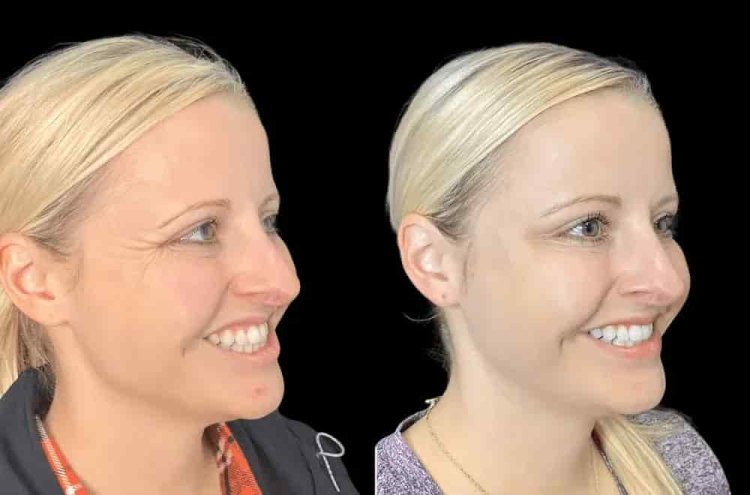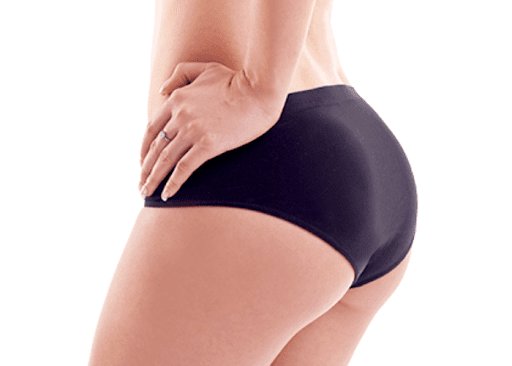Buccal fat removal has gained significant attention in the world of cosmetic procedures, offering individuals a way to achieve a more contoured facial appearance. If you’ve ever wondered how celebrities attain those sculpted cheekbones, buccal fat removal might be the secret. In this article, we’ll dive deep into what buccal fat removal is, its benefits, the procedure, recovery time, and potential risks.
What is Buccal Fat Removal?
Buccal fat removal is a cosmetic surgical procedure that involves the removal of fat pads located in the lower cheeks. These fat pads, known as buccal fat pads, can contribute to a rounder or fuller facial appearance. By reducing the size of these pads, the face appears more contoured and defined, highlighting the cheekbones and jawline.
This procedure is especially popular among individuals who feel they have chubby cheeks or a “baby face” even in adulthood. It provides a more mature and sculpted look by slimming down the lower portion of the face.
Why Choose Buccal Fat Removal?
Many people opt for buccal fat removal to enhance their facial contours. Some of the primary benefits include:
- Enhanced Facial Definition: The removal of buccal fat pads results in more pronounced cheekbones and a sharper jawline.
- Slimmer Face Appearance: This procedure effectively reduces the roundness of the face, giving a slimmer, more angular look.
- Permanent Results: Unlike fillers or other temporary cosmetic enhancements, buccal fat removal offers permanent results. Once the fat pads are removed, they don’t grow back.
- Boost in Confidence: Achieving the desired facial shape can significantly boost self-esteem and confidence.
Who is a Good Candidate for Buccal Fat Removal?
Buccal fat removal is ideal for individuals who:
- Have fuller, rounder cheeks and desire a more contoured facial appearance.
- Are in good physical health with a stable weight.
- Have realistic expectations about the outcome.
- Are non-smokers, as smoking can interfere with healing.
It is essential to consult with a qualified cosmetic surgeon to determine if buccal fat removal is suitable for you. Factors like age, skin elasticity, and overall facial structure will be considered during the consultation.
How is Buccal Fat Removal Performed?
The buccal fat removal procedure is typically performed under local anesthesia or light sedation. It’s a relatively straightforward surgery that involves the following steps:
- Incision: A small incision is made inside the mouth, near the upper molars. This approach leaves no visible external scars.
- Fat Removal: The surgeon carefully removes the buccal fat pads through the incision. The amount of fat removed is customized to each patient’s facial structure and desired results.
- Closure: The incisions are then closed with dissolvable sutures, allowing the area to heal naturally.
The entire procedure usually takes about 30 to 60 minutes, and patients can go home the same day.
Recovery and Aftercare
After buccal fat removal, patients may experience mild swelling, bruising, and discomfort. These are normal and generally subside within a few days to a week. Here are some aftercare tips:
- Swelling Reduction: Use cold compresses to minimize swelling.
- Dietary Restrictions: Stick to a soft or liquid diet for the first few days to avoid irritating the incisions.
- Oral Hygiene: Rinse the mouth with an antiseptic mouthwash to prevent infection.
- Rest and Recovery: Allow adequate time for healing and avoid strenuous activities.
Most patients can return to work and normal activities within a week, but full results may take several weeks to become visible as swelling subsides.
Potential Risks and Considerations
While buccal fat removal is generally safe, like any surgical procedure, it carries certain risks, including:
- Infection: Proper aftercare and oral hygiene minimize this risk.
- Asymmetry: In rare cases, uneven fat removal can lead to facial asymmetry.
- Numbness or Nerve Damage: Temporary numbness may occur but typically resolves on its own.
- Overly Hollow Appearance: If too much fat is removed, it can lead to an overly gaunt look.
It’s crucial to choose a board-certified and experienced cosmetic surgeon to minimize these risks. During the consultation, discuss all potential risks and benefits to make an informed decision.
Cost of Buccal Fat Removal
The cost of buccal fat removal varies depending on the surgeon’s experience, location, and facility fees. On average, it can range from $2,000 to $5,000. It’s important to consider all costs, including consultation fees, anesthesia, and post-operative care.
Since buccal fat removal is a cosmetic procedure, it’s typically not covered by insurance. Many clinics, however, offer financing options to make the procedure more affordable.
Is Buccal Fat Removal Right for You?
Buccal fat removal is an excellent option for those looking to achieve a more sculpted and defined facial appearance. However, it’s not suitable for everyone. Individuals with naturally thin faces may not benefit from the procedure, as it could lead to an overly sunken look as they age.
Consulting with a qualified cosmetic surgeon is essential to determine if you’re a suitable candidate. They will evaluate your facial structure, skin elasticity, and aesthetic goals to provide a personalized recommendation.
Conclusion
Buccal fat removal is a popular cosmetic procedure that offers a permanent solution for achieving a contoured and defined facial appearance. By removing excess fat pads from the cheeks, this procedure enhances facial definition, giving a more mature and sculpted look. If you’re considering buccal fat removal, consult with an experienced surgeon to discuss your goals and expectations. With the right approach, buccal fat removal can help you achieve the desired look and boost your confidence. For more information about buccal fat removal or to schedule a consultation, visit The Practice Plastic Surgery.




